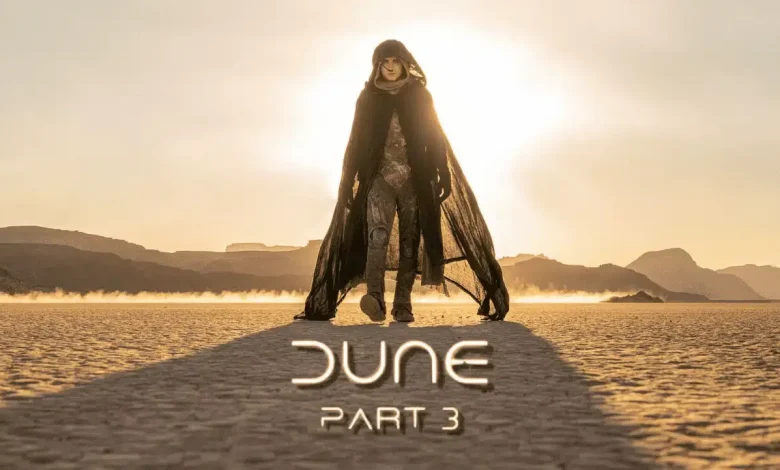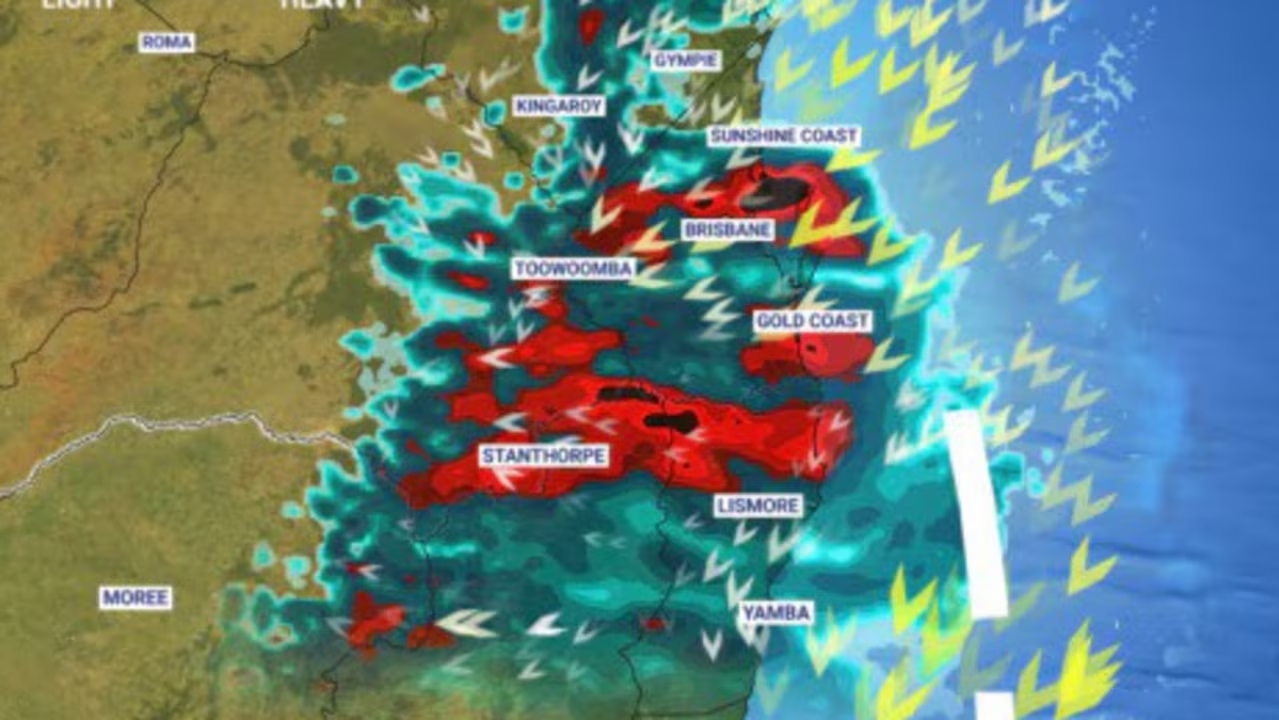From IMAX to the Hungarian Desert: Inside Denis Villeneuve’s Vision for Dune’s Final Chapter

Denis Villeneuve returns to Hungary to complete his epic sci-fi trilogy — turning Budapest once again into Hollywood’s bridge between imagination and reality.
When Denis Villeneuve set out to complete his three-part adaptation of Frank Herbert’s Dune, there was never much doubt about where the journey would lead him — not just narratively, but geographically. Dune: Part Three began filming in Budapest, Hungary, in July 2025, marking the director’s third major production in the country and solidifying its role as one of the most vital filmmaking centers in Europe.
For Villeneuve, returning to Hungary is not simply about logistics or budget incentives. It’s about atmosphere — the creative rhythm of a city that has learned to accommodate Hollywood-scale filmmaking while preserving its own cultural identity. “Hungary gives us freedom,” said one of Villeneuve’s longtime collaborators. “There’s something about the city — the light, the architecture, the people — that fuels the imagination.”
The film, set for release on December 18, 2026, will conclude Villeneuve’s monumental retelling of Herbert’s universe, this time adapting Dune Messiah, a darker, more introspective continuation of Paul Atreides’ story.
Budapest: A City Reimagined for Cinema
Budapest has long been a chameleon for international filmmakers, doubling for locations from 19th-century Paris to futuristic cityscapes. But Villeneuve’s Dune films have given the Hungarian capital a different kind of significance — as a creative anchor for visionary world-building.
The production has been using multiple locations across and around Budapest for interior and studio work, while taking advantage of Hungary’s postproduction, design, and technical talent base. According to sources close to the project, several of the film’s large-scale practical environments — including intricate sets reflecting the imperial aesthetic of the Atreides empire — were constructed by Hungarian artisans and set builders who have been part of the Dune franchise since 2019.
What sets Hungary apart, beyond the well-known 30% tax rebate, is its capacity to merge artistry with scale. The crews in and around Budapest have become known for their precision — a culture that suits Villeneuve’s meticulous filmmaking. “He works like an architect,” one Hungarian camera assistant said. “Every frame has to feel both ancient and futuristic. That’s a design language we’ve learned to speak.”
Between the Danube and the Desert
Once the Budapest leg of shooting wrapped, Villeneuve and his team moved to Abu Dhabi’s Liwa Desert, where temperatures soared above 50°C. The director’s return to the same dunes that stood in for Arrakis in the first Dune film added both continuity and emotional gravity. Yet, the contrast between Budapest’s baroque grandeur and the stark silence of the desert underscores one of the trilogy’s recurring themes — the tension between civilization and nature, control and surrender.
Robert Pattinson, who joins the cast as Scytale, a shape-shifting antagonist, spoke about that experience in an interview with IndieWire:
“The heat was unreal. You stop fighting it and something shifts — it becomes almost meditative. You understand what Villeneuve is after: that feeling of fragility in an endless landscape.”
For Dune: Part Three, Pattinson joins returning stars Timothée Chalamet, Zendaya, Rebecca Ferguson, and Josh Brolin. Jason Momoa also returns as Duncan Idaho — this time in a resurrected form — with his real-life son Nakoa-Wolf Momoa playing Leto II, the son of Paul and Chani. Ida Brooke portrays Leto’s twin sister Ghanima.
Analog Dreams and IMAX Realities
Villeneuve has chosen to shoot the entire film on 35mm and 65mm film stock, including sequences captured with IMAX cameras. The director’s goal, according to those close to the production, is to imbue the movie with what he calls “an organic imperfection” — a tactile texture that feels alive in an era dominated by digital precision.
“For this story — Paul’s reckoning, his fall and redemption — I wanted the human grain of film,” Villeneuve reportedly said during prep. “It’s about beauty meeting decay.”
The combination of analog film and Hungary’s growing ecosystem of high-end postproduction facilities represents a technical evolution for the region. Hungarian labs, digital intermediates, and scanning facilities have adapted rapidly to meet the demands of projects of this size, giving Budapest a seat at the table in the global conversation about the future of cinematic craftsmanship.
Hungary’s Cinematic Renaissance
In the last decade, Hungary has transformed into a filmmaking powerhouse, drawing projects from Blade Runner 2049 and Poor Things to The Continental and The Alienist. What makes Dune: Part Three stand out, however, is the depth of creative collaboration — not just service work, but storytelling participation.
The country’s blend of classical European sensibility and cutting-edge infrastructure has created a film culture where both artisanship and technology thrive. For local crews, Dune is more than another blockbuster; it’s a statement about how Hungarian cinema culture can integrate seamlessly with the ambitions of Hollywood auteurs.
As one Hungarian production manager put it, “When Villeneuve comes here, it’s not to replicate Los Angeles — it’s to build something only possible here. Budapest becomes part of the storytelling.”
The End of a Saga, The Beginning of a Legacy
Villeneuve has made it clear that Dune: Part Three will be his final entry in the series before moving on to direct the next James Bond film for Amazon MGM Studios. But his connection to Hungary — and Hungary’s connection to Dune — will outlast the trilogy.
When filming wrapped in Budapest, cast and crew reportedly gathered by the Danube for an informal toast. One Hungarian lighting technician described it as “a farewell, but not an ending. Denis said Hungary gave life to Arrakis — and we felt that.”
As Dune: Part Three enters postproduction ahead of its 2026 release, Hungary’s imprint on the series is undeniable. The desert may belong to Arrakis, but the spirit of Dune — its craftsmanship, its ambition, its human scale — has found a home in Budapest.





